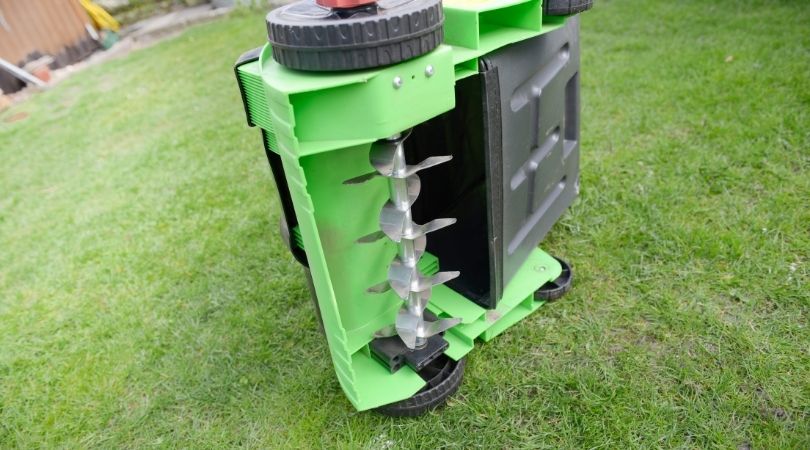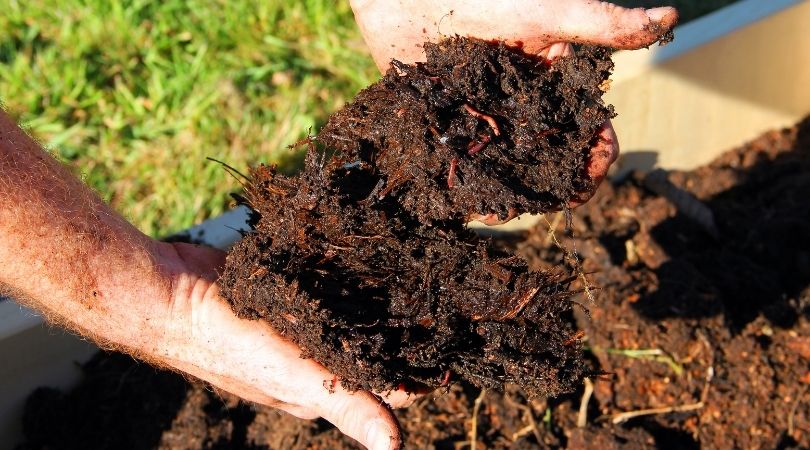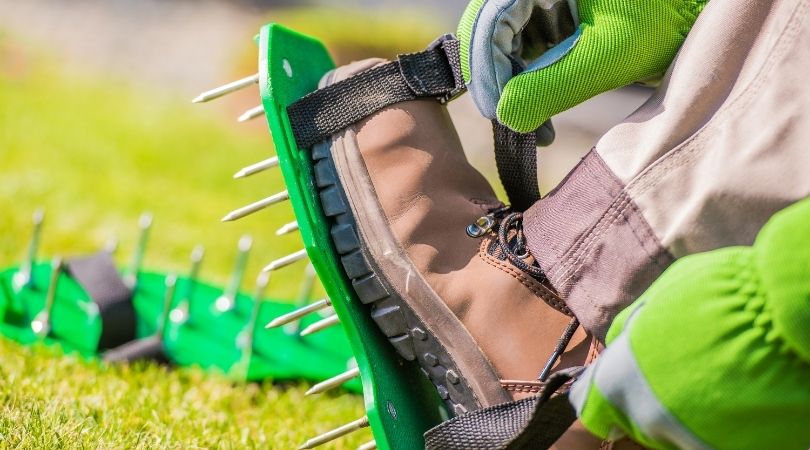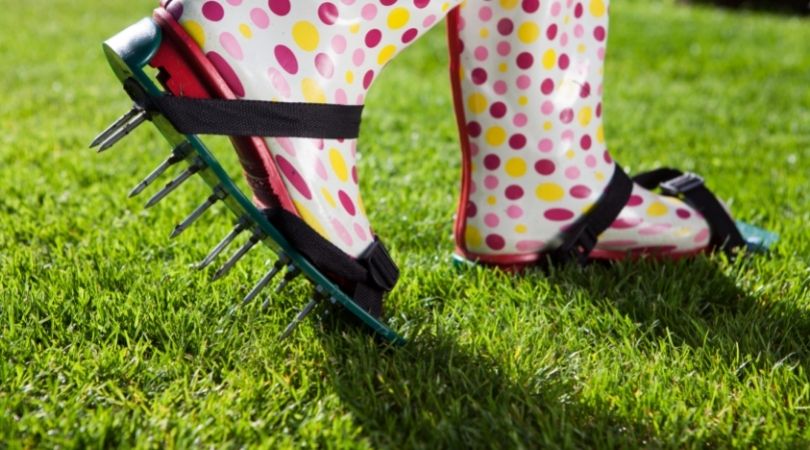So much is being said about the pros and cons of both processes that we thought we’d have a look at what they are, what they do, and how they might benefit your particular lawn needs. There are differences between power raking and lawn aeration, and your specific lawn will let you know which is needed.
Table of Contents
Power Raking
The short and the sweet of power raking is this: it refers to the proves of getting rid of the thatch layer that accumulates beneath the green surface of your lawn. This is a very invasive process and can damage the lawn because it’s ripping through the grass at powerful speeds.
It’s also important not to confuse power raking with dethatching. Although the two processes strive for the same end result, they go about things slightly differently. Read on and you’ll understand.
How does power raking work?
A power rake is a collection of blades. These move vertically across your lawn, almost as if you’re cutting furrows in a field. They break up the thatch layer beneath the green growth of the grass and bring it to the surface where you can pick it up and remove it.
Whoa! Step back. What is thatch?
Thatch is an unsightly and damaging conglomerate of grass cuttings, plant material (dead and alive), and soil. But not all thatch is bad!
A thin layer of thatch is actually good for your lawn. It keeps the moisture in and protects the soil from excessive heat. It also provides a steamy environment for all kinds of biological creatures – microbes and the like – that help to break down excess plant material and provide oodles of good nutrients in the process.
But, often by the time spring comes this material has accumulated into a thick layer. And this is no good for your lawn. It prevents nutrients from getting into the soil and the roots of the grass, inhibits the ability of water to get right down to the roots, messes with the temperature of the soil, and causes the root system of your grass to thin out.
This whole process will inspire weeds to grow, and it all just goes downhill from there. Great, ugly bare spots on your lawn are often the result.
It’s really frustrating when you put gentle care into the lawn and this happens. And for the life of you, you just can’t figure out what went wrong. We’ve all been there.

EEK! And power raking will prevent this?
Power raking is an essential part of your lawn care calendar. It should be done once a year – probably early spring – to make sure your lawn remains your pride and joy.
Is there anything else I should know?
Absolutely. Dethatching or power raking is there to solve the dead thatch problem on your lawn. The more you mulch, the more you’ll probably want to power rake or dethatch once a year. The thicker your lawn, ditto.
BUT – remember this:
People use the terms “power raking” and dethatching interchangeably. And they’re really two different processes.
Power raking is for sorting out a problem. If your lawn is thick and lush and you haven’t done any thatch removing in a while, power raking is probably your answer.
Dethatching is more preventative. It should be a part of your annual lawn care almanac. If you don’t have a thatch problem, and you don’t want one either, dethatching is your answer.
Core Aeration
When you aerate the core of your lawn, you make small holes into your lawn. The purpose of these is to enhance the ability of nutrients to reach the root system of your grass. You can see how compacted earth can prevent that.
This, by the way, is why earthworms are your friend. They’re natural little aerators, even if it is on a smaller scale.

How does core aeration work?
Most commercial core aerators are gas-powered. They have a wheel with spikes (they are hollow and are called tines), and these are pushed into the lawn when it is pushed over the grass. The hollow spikes literally extract little plugs while the process is going on.
The plugs of earth and plant material are simply left on the surface of the lawn. They break down and a part of the nutrient load in around 3 weeks. This is great for the root system of your grass, and they’re great for reducing that persistent thatch.
Core aeration takes the pressure off your grass ecosystem by creating small channels that allow the water and nutrients to reach the root system without effort. Very little is lost to evaporation.
At the same time, the earth isn’t disturbed in the way it is with lawn raking, so it is still protected against sudden heat.
The result of core aeration is thicker grass with deeper, healthier root structures.
A lawn with a proper root system – in other words, roots that grow thick and deep – will always be more resistant to foot traffic, drought, and the onslaught of weeds.
And – it looks damn good!

Core aeration is a natural way to reduce the tightness of the earth beneath your grass. It lessens the compaction.
Compaction happens naturally over time, and it really prevents the proper uptake of both nutrients and water.
Tightly compacted lawns always have a shallow root structure and they look weak. And if you have a shallow root system and you’re hit by a sudden drought, weeds and bare spots are inevitable. Not so if your root system is deep and thick.
Core aeration has been used since the time of the ancient Greeks and Romans. It solves a multitude of lawn problems and remains a key part of a good lawn care regime.
Ideally, core aeration should be done once a year, preferably in spring or during the early part of fall.
So, which is best?
HA! I just knew that question was coming, and it doesn’t really have an answer. Both are great for the health of your grass, provided you stick to the rules.
The problem comes in when you overdo it, especially when you power rake.
I aerate myself, but I always get a professional in to power rake. Mostly, it’s because I don’t like tearing up my lawn. I suppose in a way it’s a bit like a doctor operating on his or her own child. A little like that.
But here’s the thing. I decided many, many moons ago not to choose between the two processes. They’re both a part of my annual garden almanac and have been for many years. With fantastic results.
I make sure my mower is never set too low. This way I protect the surface of the grass and don’t risk cutting too deep and exposing the roots unnecessarily. Then, I also make sure I’m never too heavy on fertilizer and especially nitrogen.
And come spring, I power rake, and then I aerate. It’s been like that for years, and I expect it will stay like that for years to come.
Although there are differences between power raking and lawn aeration, one is not exclusive to the other. Both can play a pivotal role in the health of your lawn.

